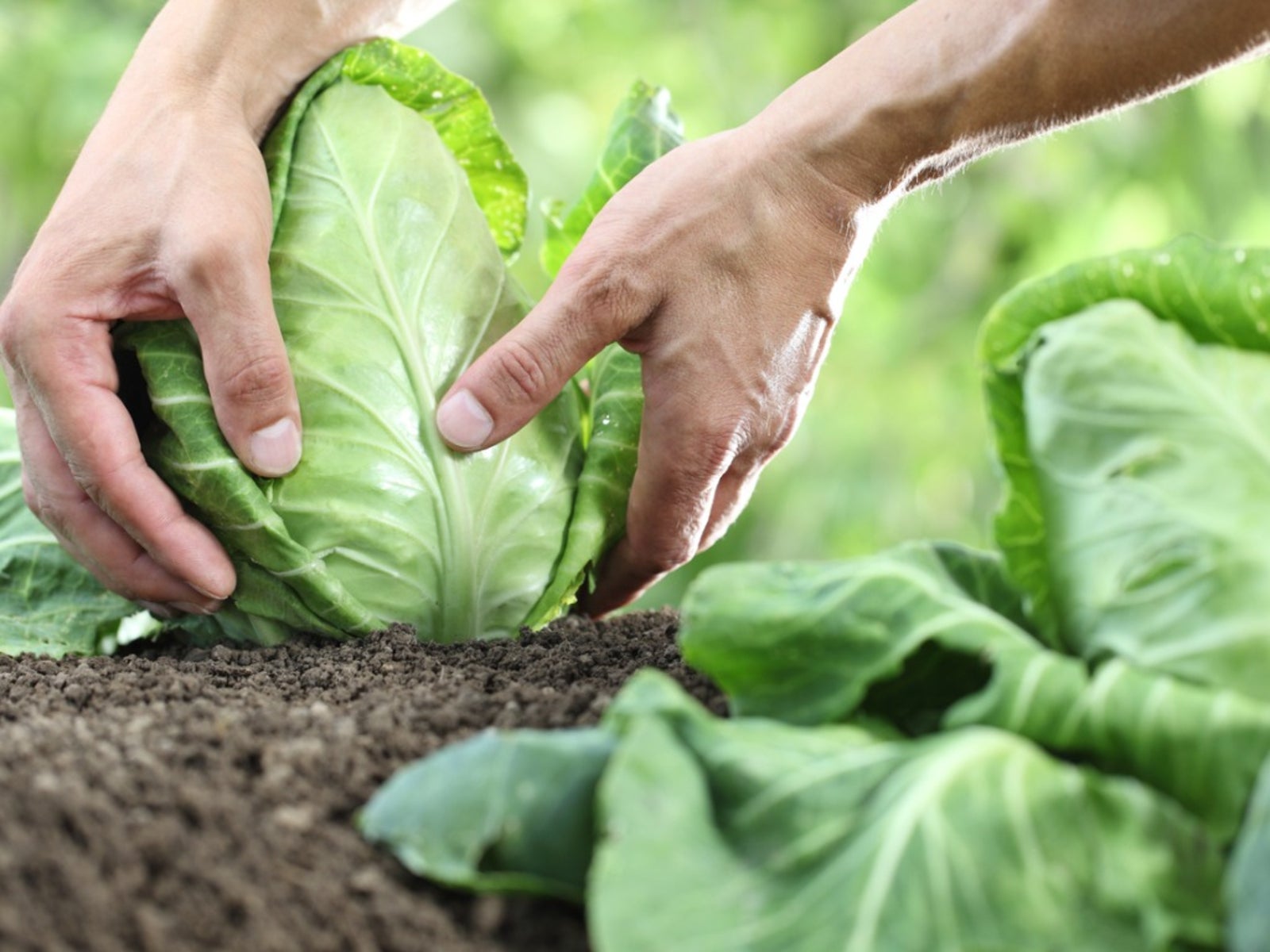Cabbage Harvest Time - Information On Harvesting Cabbage


Learning how to harvest cabbage correctly provides a versatile vegetable that can be cooked or used raw, offering nutritional benefits. Knowing when to harvest cabbage allows one to get the most nutritional culinary experience from the vegetable. Harvesting cabbage at the right time results in the best flavor as well. If done at the proper time, you are better able to take advantage of the nutritional benefits cabbage plants provide, like Vitamins A, C, K, B6, and dietary fiber.
When to Harvest Cabbage
The right time for cabbage harvesting will depend on the variety of cabbage planted and when the heads mature. Mature heads that are ready to pick need not be of a certain size to pick cabbage. Solid heads indicate when it is time for harvesting cabbage. When heads are firm all the way through when squeezed, the cabbage is ready for harvest. Heads may be large or small when ready; the size to pick cabbage varies depending on the variety and the weather conditions the cabbage grew in. Various varieties of cabbage come in and are ready for harvest at different times. The open pollinated Early Jersey Wakefield, for example, is ready in as early as 63 days, but most hybrid types reach harvest time from 71 to 88 days. This information should be available when you purchase cabbage for planting.
How to Harvest Cabbage
The most successful technique for harvesting cabbage is cutting. Cut at the lowest point possible, leaving the loose outer leaves attached to the stalk. This will allow for a later cabbage harvest of sprouts which will grow on the stem after the cabbage head is removed. Knowing when to pick cabbage is particularly important if rain is expected. Mature heads may be split by excessive rainfall or over watering, making them inedible. Harvesting cabbage should happen before the rainfall has a chance to damage the cabbage heads.
Gardening tips, videos, info and more delivered right to your inbox!
Sign up for the Gardening Know How newsletter today and receive a free copy of our e-book "How to Grow Delicious Tomatoes".

Becca Badgett was a regular contributor to Gardening Know How for ten years. Co-author of the book How to Grow an EMERGENCY Garden, Becca specializes in succulent and cactus gardening.
-
 Looking For Plants To Give You The Soft And Fuzzies? Try These 5 Fuzzy Leaf Plant Options
Looking For Plants To Give You The Soft And Fuzzies? Try These 5 Fuzzy Leaf Plant OptionsLovers of texture, drama, silver foliage and tactile plants will adore these special sensory garden additions. These fuzzy leaf plant options will leave you all aglow
By Susan Albert
-
 Get Ready For A Summer Of Hummers! Grow These Full Sun Hummingbird Plants and Flowers
Get Ready For A Summer Of Hummers! Grow These Full Sun Hummingbird Plants and FlowersIf you’re lucky enough to enjoy a sunny backyard, make sure you are maxing out on your pollinator opportunities and grow these full sun hummingbird plants and flowers
By Tonya Barnett